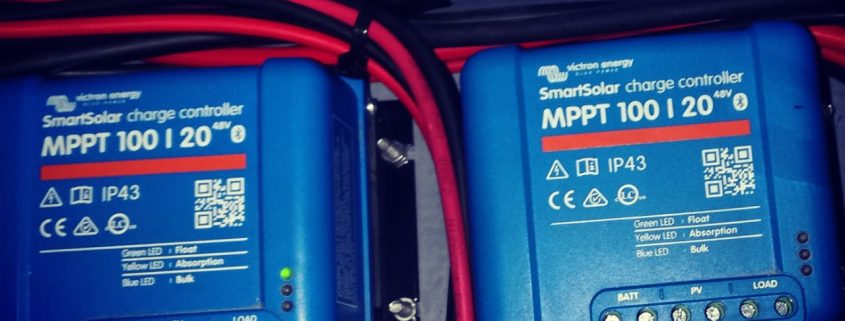Day 50: Power house
I have reached the point where I have enough emergency water to reach Brazil. There are 2L per day, which I will start to use to help lighten Osiyeza. Lighter = faster. When I get to Salvador, I estimate Osiyeza will be 15-20% lighter from my own weight loss, water and food. All this reduction in weight went overboard via a little black bucket 🪣😆
A technical blog to follow about the electrical system on board Osiyeza.
The solar panels are split into two units. The front side panels are 2 x 75-watt Solbian SR (super rugged) flexible peel-and-stick units. The aft is 2 x 160-watt SR flexible peel and stick panels. This gives a total of 470 watts of solar power.
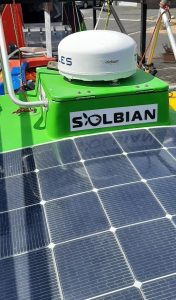
Solbian solar panels
They are each connected to their own Victron MPPT 100/20 48-volt charge controllers, giving me redundancy if one controller should fail.
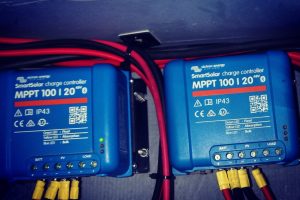
Victron Solar controllers
The design of Osiyeza had to take the size of the aft panels into account, which was one of the reasons she has a very wide stern as opposed to the traditional pointy kayak tail.
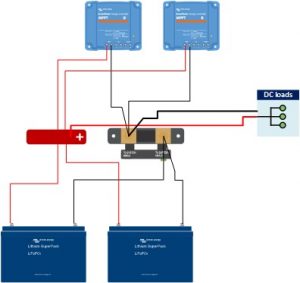
Simple wire design
A Victron smart shunt records everything that goes in and out of the batteries. The smart shunt is connected to the Victron Venus GX, which collects and records all this data.
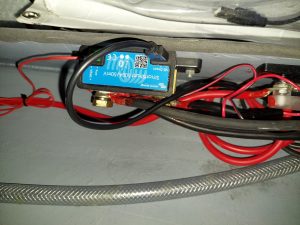
Smart Shunt
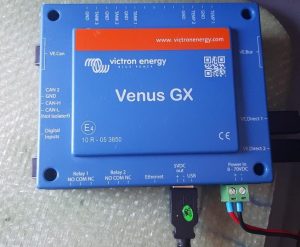
Victron Venus GX
The Victron Venus GX is also connected to the NMEA2000 backbone to get GPS info from the chart plotter. It records the GPS position every 15min.
It’s also connected to the Thales VesseLINK via LAN cable and WiFi as a backup. When I log onto the internet, it automatically sends off the latest stored data. Albert can then use this as an additional track-recording device.
All the historical data relating to the solar, batteries and power consumption are also updated on the Victron remote console. Albert can monitor everything about the power usage and generation system.
On board, I can monitor all the data via the Victron Connect App using Bluetooth. I can see real-time and a 30-day history.
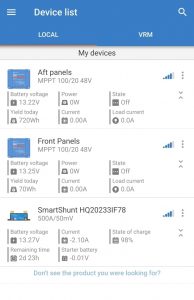

Victon Connect App view
The are two Victron 100Ah LiPo batteries giving me 200Ah 12 volts. So far, the maximum overnight usage has been only 12%, so there is no load shedding on Osiyeza. The batteries are generally fully charged before 11 am.
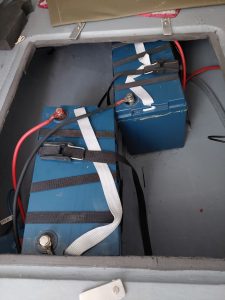
Batteries
I wanted the best possible components on Osiyeza as my life literally depends on them working without fail. This is why I chose Victron above all others and imported the Solbian Panels from Italy.
Attempt #1 failure was due to a leak in the rudder mounting and subsequently water incursion in the mismatched solar connectors, which caused the wires to corrode. Human errors rather than gear faults.
Coordinates: -14.908150°, -27.196170°
Money raised for Operation Smile: R270,105
No of smiles: 49
Click here to help me reach 70 smiles before I get to Brazil.

